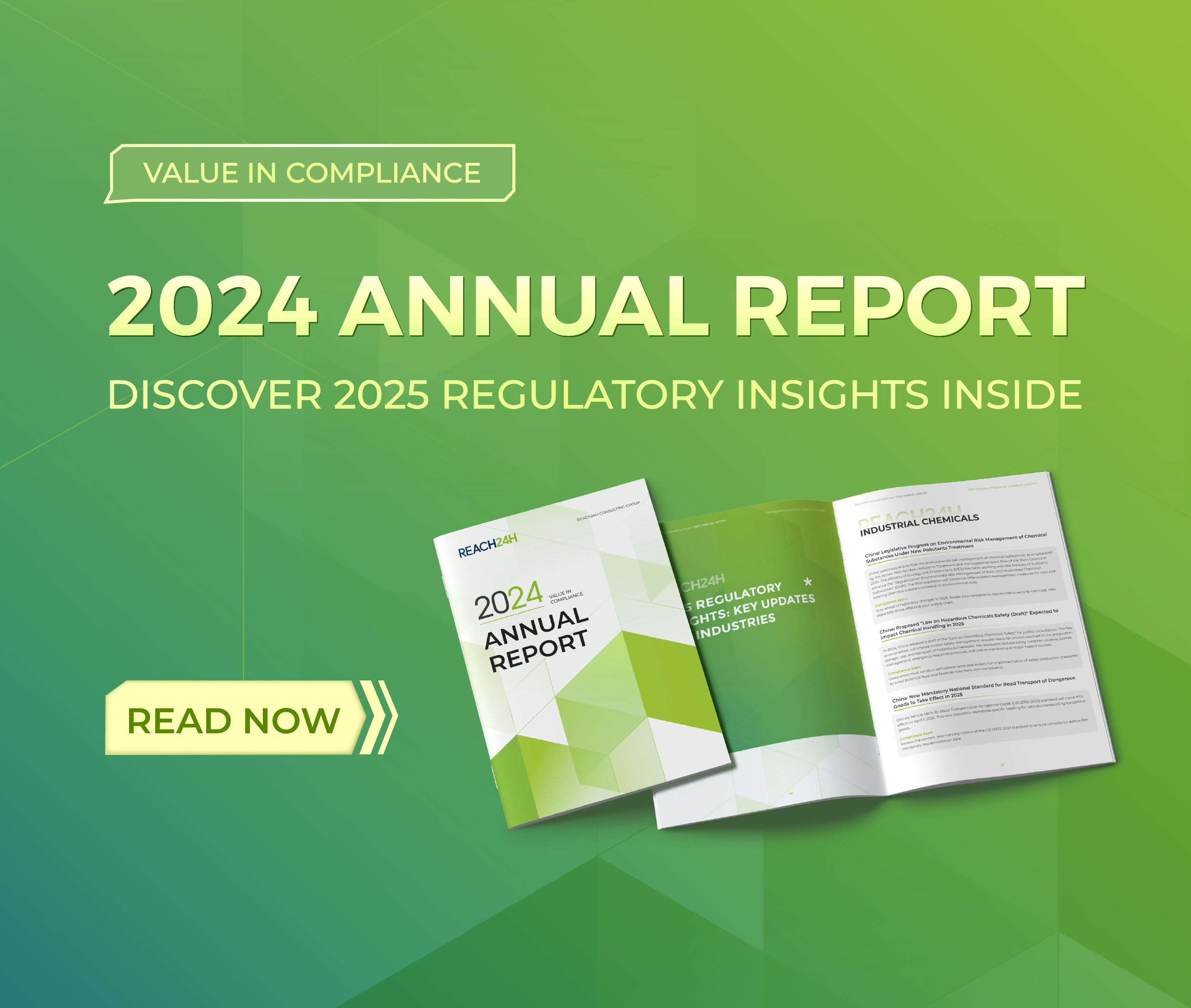U.S. EPA Issues Additional Test Orders to Support Risk Evaluation under TSCA
The U.S. Environmental Protection Agency (EPA) has issued a second round of test orders under section 4 of the Toxic Substances Control Act (TSCA) to obtain additional data on eight of the next 20 chemicals undergoing risk evaluation. After reviewing reasonably available data on these chemicals, U.S. EPA has determined additional data are needed and is using its TSCA test order authority to require companies to develop and submit information on avian and aquatic environmental hazard and consumer exposure.
This action marks the third time EPA has used its new authority to issue test orders under section 4 of amended TSCA. In January 2021, U.S. EPA issued test orders for the same eight chemicals, requiring testing on aquatic environmental hazard and inhalation and dermal exposures for workers. The information obtained through these orders will help ensure EPA’s risk evaluations for these chemicals are robust, credible, and use the best available data.
Developing section 4 test orders is a complex and time-consuming resource-intensive process involving many scientific and regulatory considerations. U.S. EPA has posted a document describing the process of developing, drafting, and issuing section 4 test orders.
Companies subject to test orders may provide U.S. EPA with existing data, if available, or may conduct new tests. Companies are encouraged to form consortia to consolidate costs and burdens and avoid unnecessary duplication of testing.
The eight chemicals subject to these section 4 test orders are:
- Chlorinated Solvents:
- 1,1,2-Trichloroethane
- 1,2-Dichloroethane
- 1,2-Dichloropropane
- Trans-1,2-Dichloroethylene
- o-Dichlorobenzene
- p-Dichlorobenzene
- Flame Retardants:
- 4,4’-(1-Methylethylidene)bis[2,6-dibromophenol] (TBBPA)
- Phosphoric acid, triphenyl ester (TPP)
These are eight of the 20 chemicals designated as high priority for risk evaluation under TSCA in December 2019. In September 2020, U.S. EPA issued final scope documents for these chemicals and the next step in the process is publishing draft risk evaluations for public comment.
Reference Link: The U.S. Environmental Protection Agency




